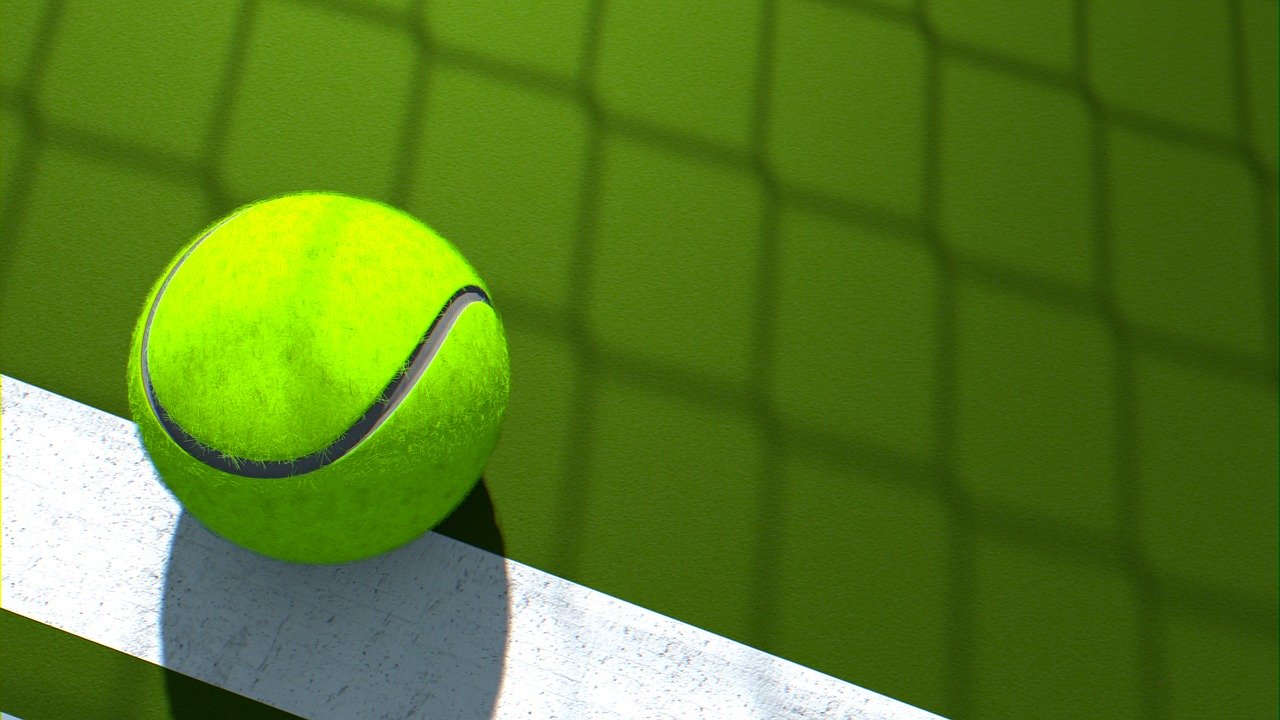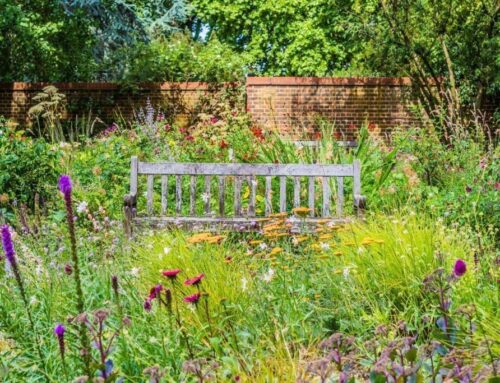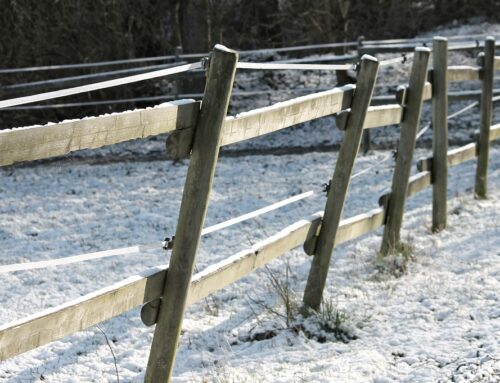If you are like me, you may be sat watching your TV sometime around the end of June or the beginning of July wondering how the lawns at Wimbledon look so lusciously green and stripey when your maybe not so green patch of grass in the back garden looks somewhat tired.
I’m going to share five tips that I employ in my Dublin lawn care service to ensure that my customers have the perfect lawn all year. Remember, the green keepers at Wimbledon work tirelessly to ensure those iconic green stripes in between the crisp white lines are Pitch-Perfect come tournament time
There are many factors to achieving the perfect lush green Dublin Lawn. Regular grass cutting, fertilising, aeration, weed treatment and many more. So let’s take a look at five things that can have an impact on the quality of your lawn.
#1 – Removing Thatch – “Matted Grass Just Will Not Do”
Thatch in a lawn can cause many problems. It is a matted layer of dead grass, roots and other debris that builds up over time. Throughout the course of a season the dead matter builds up just above the soil surface, it intertwines between grass stems. As this thickens it becomes spongy under foot, preventing air and water from penetrating down to the root system and slowly chokes the once healthy grass. It becomes evident as the now undernourished lawn becomes yellow green in colour instead of the lush green that is desired.
In my Dublin lawn care service I use a professional scarifier to remove thatch, this has interchangeable cylinders that allow me to tailor the machine to the lawn. If you wanted to lightly dethatch your own lawn, you could hire a domestic dethatcher or use a spring-tine rake. It will be hard work and slow going……..but trust me it’s worth it!
#2 – Aeration – “Let It Breathe A Little”
Following on from my first tip of removing thatch, comes aeration. If your lawn was heavy with thatch it’s almost certainly need this service as the soil may be compacted, this will prevent water and nutrients from penetrating the soil and reaching the grassroots. All of these are vital for a healthy vigorous lawn.
Aeration involves perforating the soil surface and subsurface to an optimum depth of between 2 to 3 inches, this is done using either a plug aerator or a spike aerator. Plug aerators remove a core (plug) of grass and soil from the lawn, this allows moisture and air to enter the soil and stimulates root growth. A spike aerator has somewhat the same effect but uses a solid spike to poke a hole in the ground. This would be similar to walking the lawn and using a gardening fork to achieve the same effect. The spike aerator is slightly less effective than the plug method and can in some instances lead to more compaction around where the holes are made by the spike.
#3 – Fertilising – “Feed The Grass To Make It Fit And Healthy”
Why do I need to feed my lawn you may ask?
Let’s take a look at what your Dublin lawn goes through. One of the main reasons is that when you employ a lawn mowing or grass cutting service, your lawn is cut on average 20 times or more during the course of the mowing season. No other plants in the garden suffer such a regular foliage reduction.
Let’s try and visualise how much material is removed during the year. I know from experience of running my grass cutting service in Dublin, I would remove at least 60L of grass per visit from the average lawn and if the growing conditions are perfect it can be twice that amount. We all have a 120L wheelie bin at home so imagine 10 to 20 bins full of grass clippings, this is how much of the vital photosynthesising, food producing leaves are removed from your grass plants over the course of a season.
We need to help the grass replace this food production material by feeding it with slow or quick release fertilisers. I like to go for a slow-release fertiliser that is high in phosphorus and potassium as we are now trying to stimulate root development after aeration. When we need to thicken up the sward blade density I add more nitrogen as this helps leaf production.
Some Wimbledon Facts

Each year the tournament venue looks glorious in the June/July sunshine. It takes a lot of hard work and preparation to get the match venue perfect, so lets look at a few facts that help make Wimbledon the finest Grass tournament in the world.
#4 – Treating weeds – “Only Champions Win In Our Lawn”
Your lawn is now well on the way to earning its Wimbledon stripes. To ensure that all the hard work put into getting the lawn to championship condition is maximised, we need to take care of any weeds that are present in the lawn. Weeds compete with the grass for food, light and moisture. A strong healthy lawn will be more able to resist the spread of weeds
This can be done by either spot treatments or by hand weeding if the weeds are incidental. If the weed growth is more widespread then a full lawn treatment will be needed.
#5 – Mow for Success – “Stripe Like A Champion”
This is where your lawn is going to be a bit more lush than the courts at Wimbledon. The grass there is cut tight, and by tight I mean 8 mm, this is way too short for both ornamental and family lawns.
The ideal height to aim for is between 25 to 40 mm, this helps protect the grass from dry spells as longer leaves retain more water and the grass blades are the plants food production factory. The less we remove each time we cut the grass the better, ideally I would mow your Dublin lawn every week but fortnightly is more normal for domestic lawn care.
To get those all important stripes a mower with rear roller is needed. The stripes are formed as we mow up and down the lawn, grass blades are bent in opposite directions and this causes the reflection of light to show as different colours.
If you want to channel your inner Steffi Graf or Boris Becker this summer then those statements stripes are a must!
So there you have it, 5 quick tips that can help you on the way to having the perfect lawn ready for strawberries and cream in the summer sun. All of the methods in this post can be done by the home owner using your own equipment and time. If you want the enjoyment of lush soft grass without the hassle then why not talk to a Professional Lawn Care Service.





